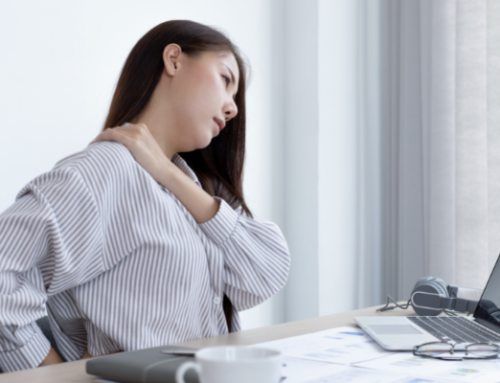In case you haven’t noticed yet, minimalist shoes are all the rage these days. Popular among health practitioners, crossfitters, students, hippies, and hipsters alike, these shoes serve the philosophy that less is more when it comes to footwear. In fact, I own a pair of Innovate shoes that I use for crossfit and street running, and a pair of Vibram FiveFinger shoes that I use for trail running/walking, the latter being an item of clothing that my wife forbids me to wear in public with her because they are ‘ugly and weird’. Fair enough, but I’ve never been accused of being fashion-forward.
The idea is this: our feet are not evolutionarily designed to be in shoes. Shoes are a modern creation, and a recent one at that. I’m sure many ancient civilizations had some form of footwear, but those shoes were probably on the minimalist end of the spectrum, and evolution takes millions of years to play out, not a few thousand. The man-made creations that we see on our feet today are more style than substance. They create an artificial supporting base for our feet, but is that really better for us from a functional standpoint? I am arguing No.
Minimalist shoes mimic a barefoot posture and function that is much healthier for our spine & joints and more efficient when walking & running. When the foot is forced into creating its’ own arch (rather than passively molding to an artificial one) the muscles & bones can distribute the weight of the body in a much more equal way that is in accordance to how the foot was designed in the first place. This allows us to splay our toes, creating strength at the ankle while relieving pressure from the knees, hips, and spine.
Here is what the growing amount of research says to support minimalist footwear:
- Takes pressure off the knees and instead absorbs it more equally in the ankles and feet
- Reduces range of motion and shock attenuation in lumbar spine
- Creates a mid-foot strike (rather than a heel strike) when running, which has been shown to be both more economical and oxygen efficient
- May reduce running injuries
- When running, creates a soft forefoot strike and quicker strides – providing increased proprioception (healthy sensory information to brain) and foot strength
The true test is to try them yourself and observe the difference in your posture, movement, and joint pain. You may not ever go back.
~Noah Kaplan, D.C. Walnut Creek Chiropractor
Ref:
Int J Sports Phys Ther. 2012 Oct;7(5):525-32.
Changes in lower extremity movement and power absorption during forefoot striking and barefoot running.
Williams DS 3rd, Green DH, Wurzinger B.
Med Sci Sports Exerc. 2012 Oct 15. [Epub ahead of print]
Effects of Foot Strike on Low Back Posture, Shock Attenuation, and Comfort in Running.Delgado TL, Kubera-Shelton E, Robb RR, Hickman R, Wallmann HW, Dufek JS.
1School of Allied Health Sciences, University of Nevada, Las Vegas, NV 2Doctor of Physical Therapy Program, Western Kentucky University, Bowling Green, KY.
Curr Sports Med Rep. 2012 May-Jun;11(3):160-5. doi: 10.1249/JSR.0b013e31825640a6.
The barefoot debate: can minimalist shoes reduce running-related injuries?
College of Medicine, Pennsylvania State University Hershey, Hershey, PA, USA.
Int J Sports Med. 2011 Jun;32(6):401-6. Epub 2011 Apr 6.
Oxygen cost of running barefoot vs. running shod.
Hanson NJ, Berg K, Deka P, Meendering JR, Ryan C.
Health, Physical Education and Recreation, University of Nebraska at Omaha, United States. njhanson@gmail.com
Med Sci Sports Exerc. 2012 Jul;44(7):1335-43.
Effects of footwear and strike type on running economy.
Perl DP, Daoud AI, Lieberman DE.Department of Human Evolutionary Biology, Harvard University, Cambridge, MA 02138, USA.







